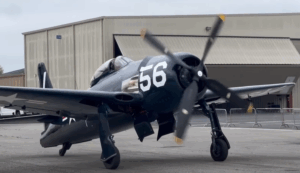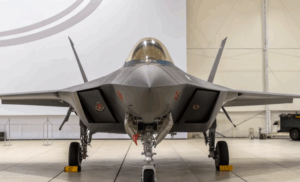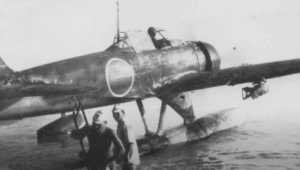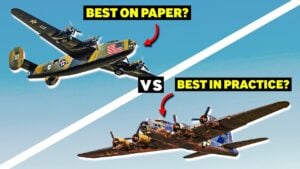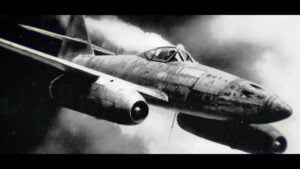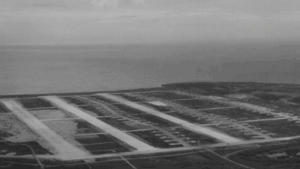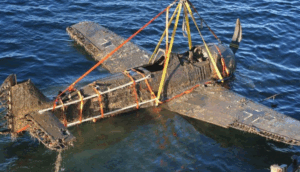5 Things You Never Knew About the Mig-15
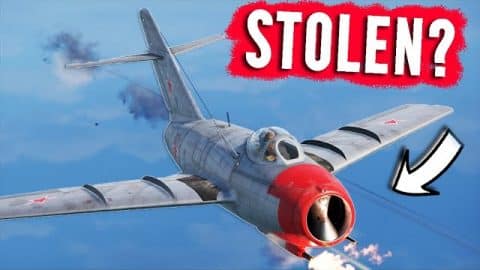
YouTube / TJ3 History
The Mig-15 is one of the most lethal, groundbreaking, and feared fighters in history. Here are the five things you never knew about this plane:
1. Copied and stolen designs played a key role in the MiG-15
Originally, when the first models of the MiG-15 took to the skies, they used an engine that was taken and reverse-engineered from German aircraft- the BMW 003 turbojet. However, the Soviets realized that this design had trouble getting the power of single-engine fighters.
Later, they offered the British to buy new Rolls-Royce engine designs. Some aspects of the MiG-15 were taken from the designs of other countries in less obvious ways.
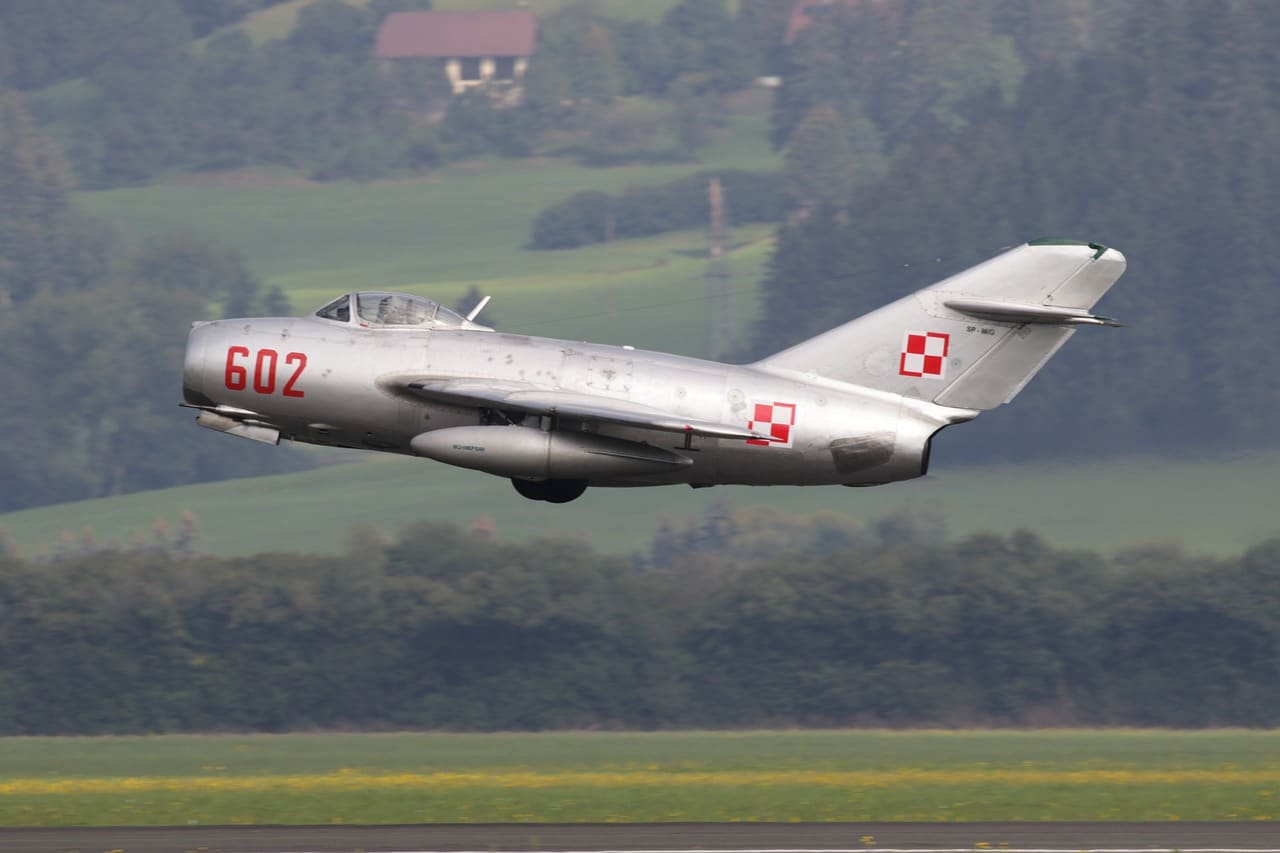
2. The USSR supplied North Korea with pilots for their MiGs
During the Korean War, not only did the Soviet Union support North Korea with new MiG-15 planes, but they also gave them pilots. It wreaked havoc on many American aircraft during the first years of the war.
3. Although the MiG-15 was an excellent dogfighter, it was designed primarily to hunt and destroy heavy bombers
The reason why this was a high priority for aircraft designers during that time is the fact that in WWII, heavy bombers in many ways won the war.
It became clear after the war that these high-altitude bombers would be formidable weapons in the future.

4. It has an unbelievable service tenure
Designed in the years after WWII, MiG-15s would go on to have an incredibly long service life and are even used today as trainers in the North Korean Air Force, placing its service life at a total of more than 70 years.
5. The MiG-15 was used in a top-secret mission ordered by the US
This would be known as Operation Moolah. This operation would offer a cash reward of $100,000 or roughly a million dollars today for the first pilot to defect from a communist nation and bring MiG-15 to South Korea, and the pilot to be relocated to a non-communist nation, retaining their anonymity.
After the first pilot defected, the MiG-15 was taken to the US for testing. It was later found that the aspect that played a key role in aerial combat over Korea was pilot experience and training.















